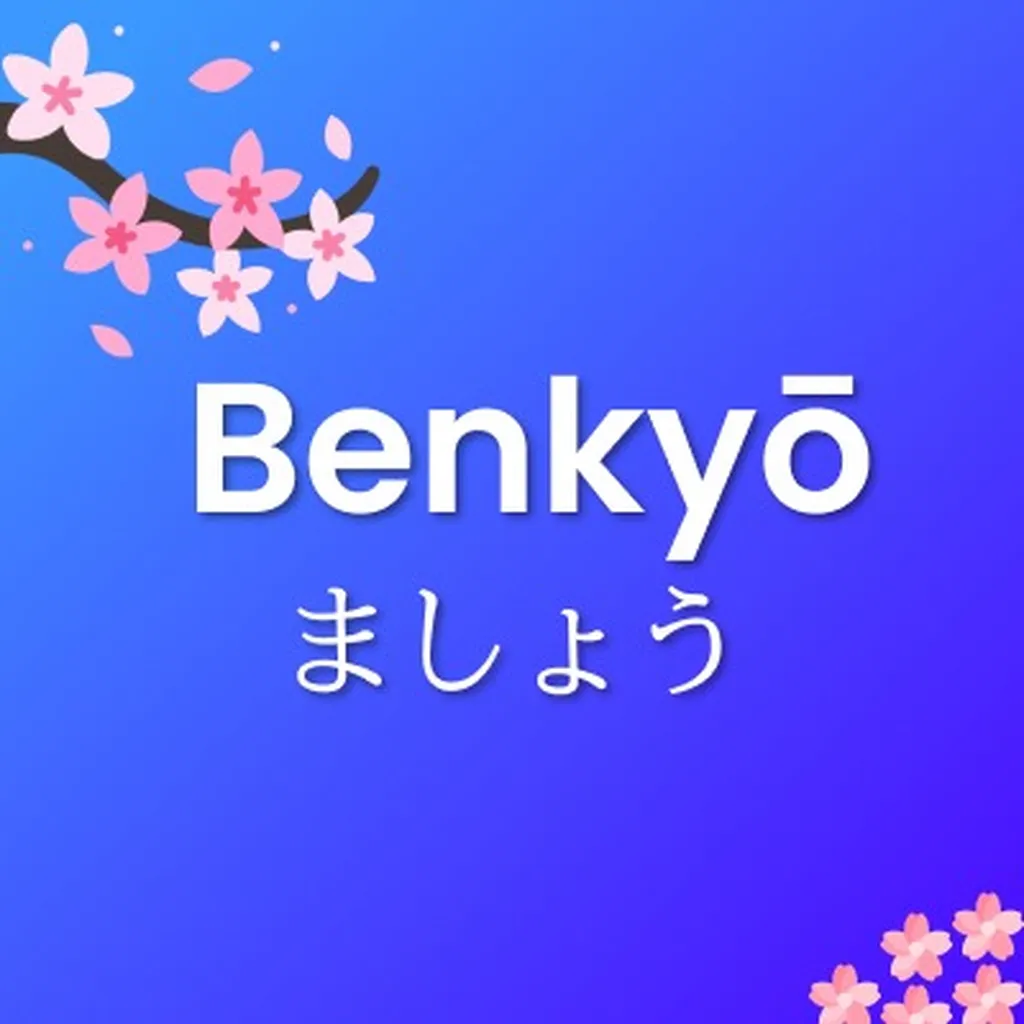美しい
うつくしい
beautiful, lovely
i-adjective
Conjugation Table
Present
美しい
Negative
美しくない
Past
美しかった
Past Negative
美しくなかった
Te Form
美しくて
Adverbial
美しく
Conditional
美しければ
Presumptive
美しいでしょう
Example Sentences
美しい花が咲いています。
A beautiful flower is blooming.
Utsukushii hana ga saiteimasu.
昨日見た映画は美しかったです。
The movie I watched yesterday was beautiful.
Kinou mita eiga wa utsukushikatta desu.
その絵は美しくないと思います。
I don't think that painting is beautiful.
Sono e wa utsukushikunai to omoimasu.
Grammar Notes & Usage Tips
•Conjugation Basics**: Since 美しい (うつくしい) is an i-adjective, it follows regular conjugation patterns. For example, to say "was beautiful," use 美しかった (うつくしかった), and for "isn't beautiful," use 美しくない (うつくしくない).
•Particle Pairing**: When describing a noun, remember to place 美しい directly before it, as in 美しい花 (うつくしいはな) for "beautiful flower." No additional particles are needed between the adjective and noun.
•Using with Adverbs**: To emphasize beauty, you can use adverbs like とても (very) before 美しい. For instance, とても美しい (とても うつくしい) means "very beautiful."
•Common Mistake**: Avoid adding the particle な after 美しい when modifying nouns. This is a common error since some adjectives require な, but as an i-adjective, 美しい does not.
•い-adjective: Conjugates by changing the い ending
